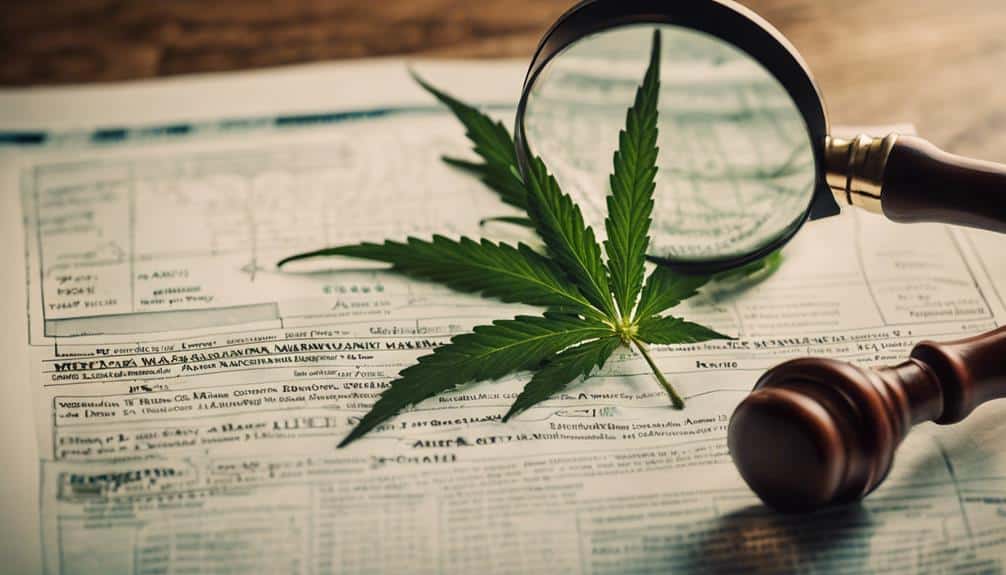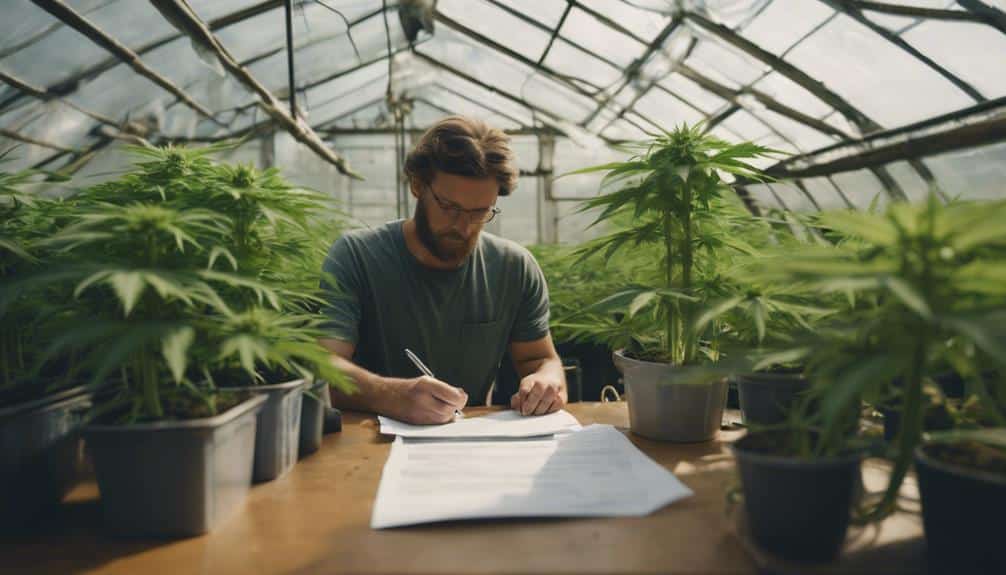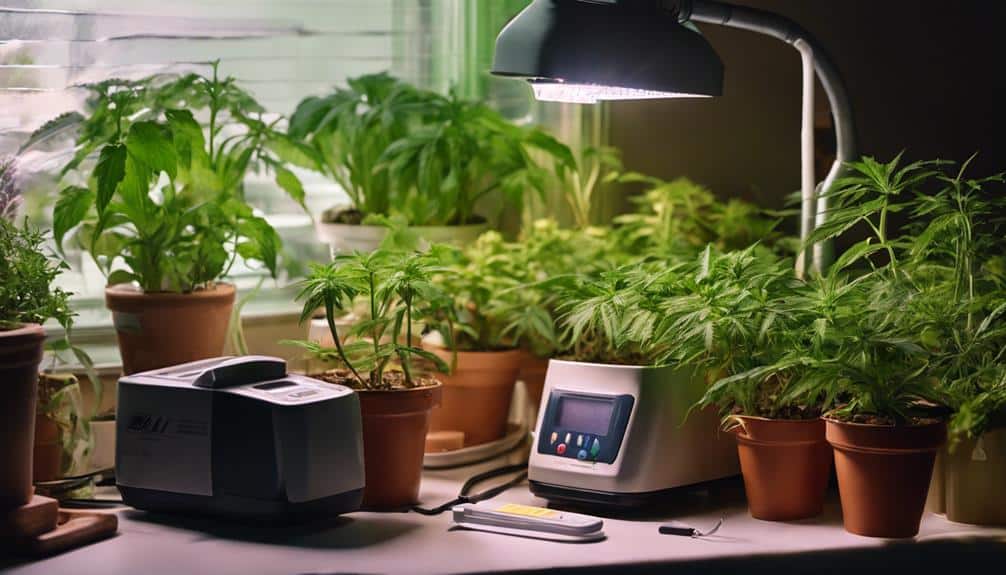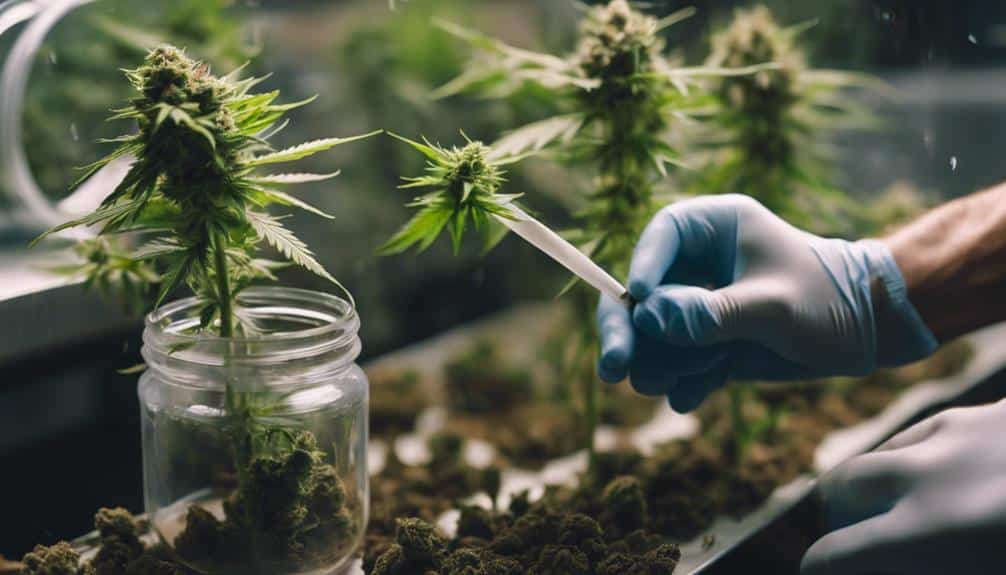Did you know that over 10,000 Delaware residents are legally registered medical marijuana patients? It’s true – and if you’re one of them or thinking about becoming one, it’s important to understand your rights and limitations under state law. You might be wondering whether it’s legal to grow your own medicinal cannabis at home in Delaware — and the answer might surprise you. Stick around, and we’ll walk you through what’s actually allowed and how you can access cannabis legally in the First State.
Table of Contents
Understanding Delaware’s Medical Marijuana Laws

To navigate the complexities of Delaware’s medical marijuana laws, you’ll first need to familiarize yourself with the state’s specific legal requirements and restrictions. Staying compliant ensures that you can access your medicine safely and legally.
Delaware law permits the use of medical marijuana for qualifying conditions such as cancer, Alzheimer’s disease, PTSD, terminal illness, and chronic pain. Eligibility is determined by these diagnoses and must be certified by a Delaware-licensed physician.
Patients must maintain a valid doctor-patient relationship and receive written certification that the benefits of cannabis use outweigh potential risks.
However, it’s important to know that Delaware law strictly prohibits growing marijuana at home. Patients and caregivers are required to obtain cannabis exclusively from licensed compassion centers. Home cultivation is illegal and could lead to serious legal consequences.
Obtaining Your Medical Marijuana Card
Once you’ve reviewed Delaware’s laws, your next step is to apply for a medical marijuana card. Understanding the eligibility requirements and patient rights will help ensure you’re on the right track.
To qualify, you must be a Delaware resident and have a condition that meets the state’s criteria. You’ll also need a physician’s recommendation that confirms you could benefit from cannabis-based treatment.
As a registered cardholder, you can legally purchase and possess up to six ounces of medical marijuana. However, public consumption and driving under the influence are both prohibited by law.
Delaware also provides limited protections against discrimination in employment and housing, though these protections are not absolute and can vary by situation.
Applying for a Home Cultivation Permit

At this time, there is no home cultivation permit process for medical marijuana patients in Delaware. While other states have adopted such programs, Delaware patients are currently required by law to obtain all cannabis through state-approved dispensaries.
If you’re interested in cultivating cannabis, your only legal option is to pursue a commercial grow license — a complex and regulated process still being developed for Delaware’s adult-use cannabis market.
For now, avoid misinformation. There is no application, fee, or permit for growing medical cannabis at home, and doing so without authorization is against the law.
Choosing the Right Cannabis Strain
While home cultivation isn’t permitted, you still have choices when selecting products at compassion centers. Understanding different cannabis strains can help you find the best match for your condition.
Indica strains are typically more sedative and may help with pain or sleep. Sativa strains can be energizing and are often used for mood or focus. Hybrid strains offer a balance of both.
You should also consider potency. THC-rich strains can provide strong symptom relief but may also produce stronger psychoactive effects. High-CBD strains are popular for patients who want therapeutic benefits with minimal intoxication.
Consult with your dispensary staff to find the right strain — they can help tailor a treatment plan based on your medical needs and experience level.
Setting Up Your Indoor Growing Space

While you cannot legally grow cannabis at home in Delaware, those interested in entering the legal cultivation industry may benefit from learning about professional indoor grow setups used in licensed facilities.
Here’s a quick checklist of what licensed cultivators typically consider:
- Choosing the right location: Facilities must be secure, sanitary, and compliant with zoning laws.
- Lighting Essentials: Commercial growers use full-spectrum LED or HID lights that mimic sunlight for optimal growth.
- Proper Ventilation: Good airflow is essential for preventing mold and maintaining a healthy grow environment.
- Setting up irrigation systems: Professional irrigation helps maintain consistency and prevent overwatering or drought stress.
- Investing in quality soil and containers: Cultivators use standardized media and containers to ensure proper root development and yield.
Caring for Your Medical Marijuana Plants
While personal cultivation is not permitted for patients, caregivers or entrepreneurs exploring Delaware’s commercial cannabis opportunities must be well-versed in plant care.
Pest management is essential in professional grow operations. Approved organic pesticides and integrated pest management systems are often used.
Proper nutrient schedules are also vital — cannabis requires a balance of nitrogen, phosphorus, potassium, and trace minerals for each stage of growth.
Licensed growers also carefully manage watering cycles and monitor for environmental stressors that could affect the final product’s quality and safety.
Harvesting and Storing Your Cannabis Safely

Although patients cannot grow or harvest cannabis themselves, understanding how medical marijuana is processed can help you appreciate the care and quality behind your medicine.
Here are common steps taken by licensed growers:
- Assess plant maturity: Growers monitor trichome development to determine peak potency.
- Trimming: Buds are hand- or machine-trimmed for consistency and cleanliness.
- Drying techniques: Flowers are dried slowly to preserve terpenes and cannabinoids.
- Curing: Controlled curing improves aroma, potency, and smoothness.
- Proper packaging: Products are sealed in airtight containers with appropriate labeling and testing documentation.
Conclusion
While home cultivation of medical marijuana is not legal in Delaware, patients still have safe, regulated access through state-licensed dispensaries. Understanding your rights, knowing how to qualify, and working with trusted providers are key steps in managing your care.
If you’re interested in legally cultivating cannabis, your path lies in the commercial sector — where licensing and compliance are essential.
We warmly invite you to visit Cannabis Docs of Delaware to learn more about accessing medical marijuana, qualifying conditions, and industry updates. If you have questions, give us a call at (855) 420-6797. We’re here to guide you — because your health and peace of mind matter most.

